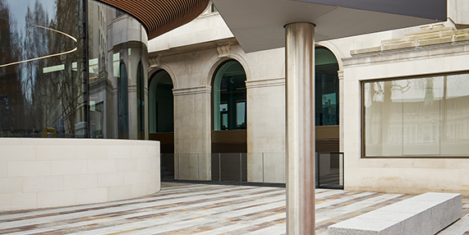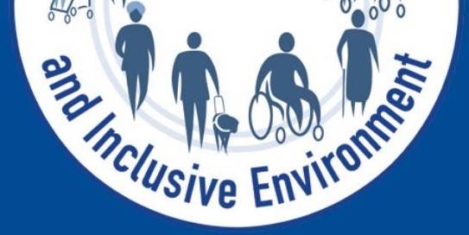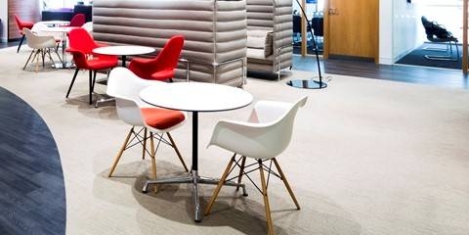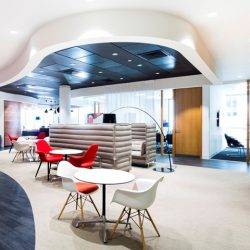March 31, 2017
America’s corporate occupiers streamline portfolios due to economic uncertainty 0

While talent continues to reign supreme on the list of top concerns for US companies a growing number of respondents to CBRE’s annual Americas Occupier Survey cited economic uncertainty as a top challenge, up from 36 percent in 2016 to 52 percent. As a result, 87 percent of corporate occupiers report that they are managing to this uncertainty by disposing of surplus space and/or implementing more efficient workplace designs to prepare their portfolios for the future. Only 26 percent of respondents expect to expand their portfolios over the next two years, down from 38 percent in the 2016 survey. Approximately one-half of the 2017 survey’s respondents indicated that the size of their portfolios would remain stable with 2016 levels. However, while uncertainty is driving many real estate decisions, creating a workplace experience focused on talent remains top of mind for the majority of occupiers surveyed.
























 Amos Tversky and Daniel Kahneman introduced the concept of Loss Aversion in 1984, highlighting people’s tendency to strongly prefer avoiding losses to acquiring gains. Most studies suggest that losses are twice as powerful, psychologically, as gains. Lose £100 and we will feel a remorse that easily outweighs winning £100. In a similar fashion we find it very hard to see future positives when confronted with short term loses. We understand easily what we have lost but cannot imagine what there is to be gained. Furthermore, as Frederic Bastiat wrote in an 1850 paper, “That Which is Seen, and That Which is Not Seen”, man has a tendency to “pursue a small present good, which will be followed by a great evil to come, rather than a great good to come, at the risk of a small present evil”. Put these together and it is no wonder that, by and large, the future of work, corporate real estate and the workplace is so widely misunderstood.
Amos Tversky and Daniel Kahneman introduced the concept of Loss Aversion in 1984, highlighting people’s tendency to strongly prefer avoiding losses to acquiring gains. Most studies suggest that losses are twice as powerful, psychologically, as gains. Lose £100 and we will feel a remorse that easily outweighs winning £100. In a similar fashion we find it very hard to see future positives when confronted with short term loses. We understand easily what we have lost but cannot imagine what there is to be gained. Furthermore, as Frederic Bastiat wrote in an 1850 paper, “That Which is Seen, and That Which is Not Seen”, man has a tendency to “pursue a small present good, which will be followed by a great evil to come, rather than a great good to come, at the risk of a small present evil”. Put these together and it is no wonder that, by and large, the future of work, corporate real estate and the workplace is so widely misunderstood.











February 10, 2017
Reflections on the future of work from a mirrored room 0
by Neil Usher • Comment, Facilities management, Technology, Workplace design
More →